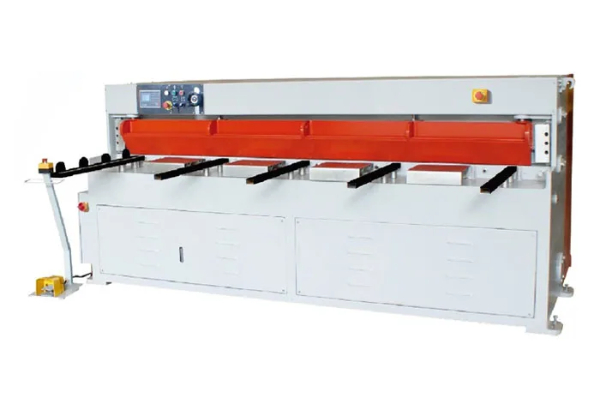
Comparing Different Brands and Models of Sheet Roll Forming Machines
- By:Metmac
- 2024-09-14
- 133
In the industrial realm, sheet roll forming machines are indispensable tools for transforming coils of sheet metal into intricate profiles and shapes. Today, a vast array of brands and models of these machines are available, each boasting unique features, capabilities, and price points. This article delves into the various aspects to consider when comparing different brands and models of sheet roll forming machines, empowering readers to make informed decisions for their specific applications.
Materials Compatibility
The materials compatibility of a sheet roll forming machine is crucial. Different metals require different forming techniques and tooling considerations. Common materials used in sheet metal forming include mild steel, galvanized steel, aluminum, stainless steel, and copper. Determine which materials the machine is capable of handling based on its tooling options and forming capacities.
Roll Configuration
Roll configuration plays a significant role in the machine’s forming abilities. Common roll configurations include:
2-High Rolls:
This configuration features two opposing rolls with a limited range of forming profiles.
3-High Rolls:
Adds a third roll, enabling more complex forming operations and tighter tolerances.
4-High Rolls:
Provides additional forming flexibility, particularly for complex shapes with varying depths.
Forming Capacity
The forming capacity of a sheet roll forming machine refers to its ability to create specific shapes and sizes. Factors to consider include:
Maximum Material Thickness:
The maximum thickness of sheet metal the machine can handle without compromising its structural integrity.
Minimum Bend Radius:
The smallest bend radius that can be achieved, which affects the sharpness or curvature of the formed shapes.
Maximum Profile Width:
The widest profile that the machine can form, determining the overall size of the finished product.
Speed and Automation
Speed and automation are key considerations for high-volume production environments. Faster machines reduce cycle times, while automation features minimize manual labor. Look for machines with variable speed drives for adjustable forming speeds and automated systems for material feeding, scrap removal, and finished part handling.
Energy Efficiency
Sheet roll forming machines consume significant amounts of energy. Consider machines that incorporate energy-saving technologies such as variable frequency drives, energy-efficient motors, and regenerative braking systems. These technologies reduce power consumption and operating costs.
Maintenance and Support
Maintenance and support are essential factors to ensure the longevity and reliability of a sheet roll forming machine. Look for machines that are easy to maintain, with readily available spare parts and qualified service providers. Consider the manufacturer’s warranty, reputation, and track record of providing timely and effective support.
Comparing different brands and models of sheet roll forming machines requires a thorough evaluation of the machine’s capabilities, materials compatibility, forming capacity, speed and automation features, energy efficiency, and maintenance and support offerings. By considering these aspects, manufacturers can make informed decisions that align with their specific production requirements and optimize their sheet metal forming operations.
-
Advanced Sheet Metal Rolling, Cutting, and Folding Machines for Efficient Fabrication
2025/10/22 -
High-Precision Sheet Metal Bending and Cutting Solutions for Modern Manufacturing
2025/10/22 -
High-Precision Solutions from Leading Sheet Metal Cutting Machine Manufacturers
2025/09/11 -
Reliable Sheet Metal Equipment for Sale to Support Precision Fabrication
2025/07/17
-
Advanced Sheet Metal Rolling, Laser Cutting, and Folding Machines for Precision Fabrication
2025/10/31 -
High-Performance Sheet Metal Bending and Cutting Machines for Modern Fabrication
2025/10/31 -
High-Quality Sheet Metal Equipment for Sale: Efficient Solutions for Modern Manufacturing
2025/10/31 -
High-Performance Sheet Metal Equipment for Sale: Forming and Shearing Solutions for Modern Fabrication
2025/10/22
-
A Guide to the Latest Innovations in Sheet Metal Folding Machines
2024/11/29 -
Key Features to Consider When Investing in a Sheet Metal Folding Machine
2024/11/28 -
Enhancing Precision with Advanced Sheet Metal Folding Machines
2024/11/27 -
How to Choose the Right Sheet Metal Folding Machine for Your Workshop
2024/11/26






